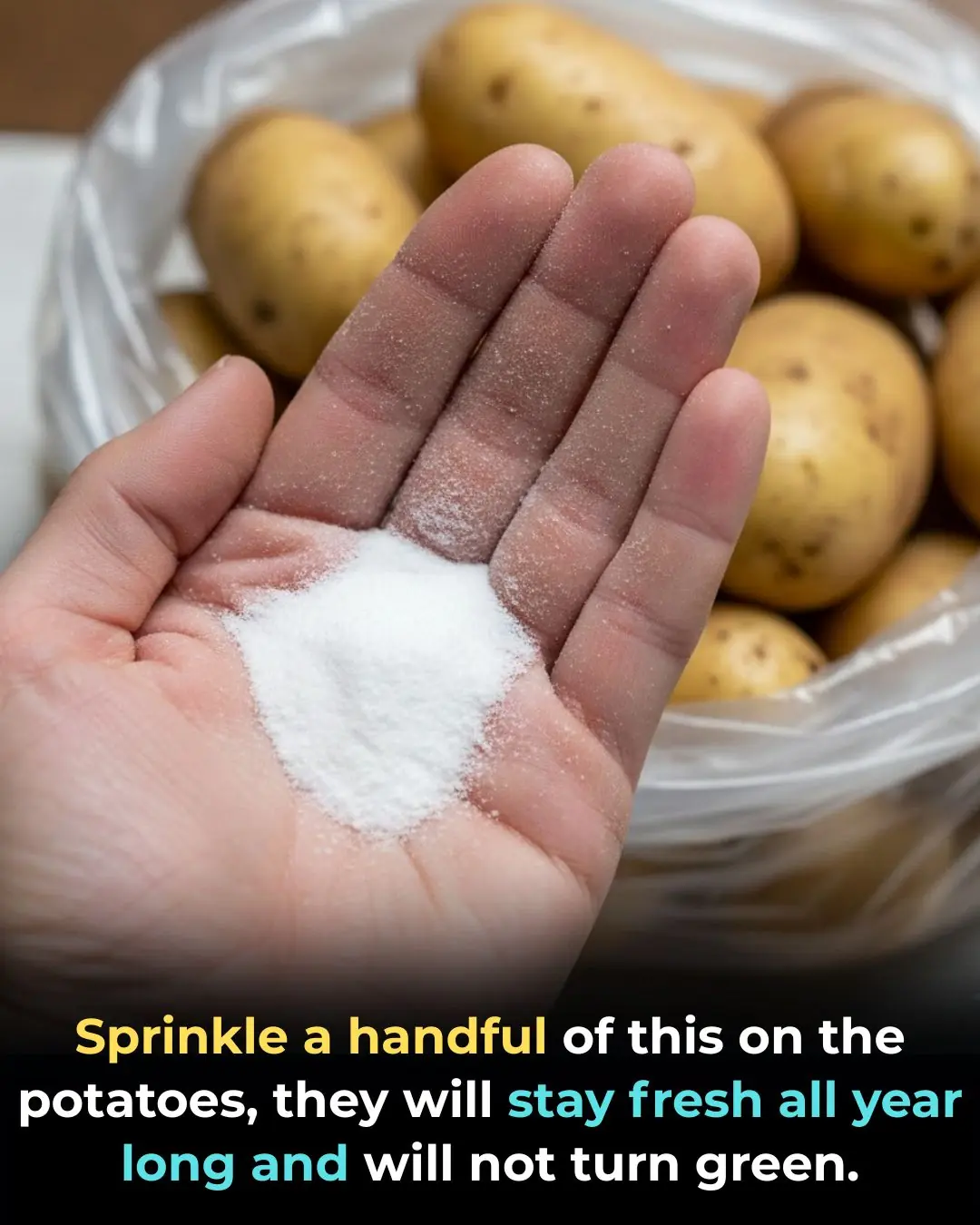
How does the washing machine self-clean mode work?
Today, roughly 99% of modern washing machines are equipped with a built-in drum-cleaning mode. However, many users still question how effective this function truly is.
Washing machines are essential household appliances found in almost every home. While they are designed to clean our clothes, experts consistently emphasize that the machines themselves also require regular cleaning to operate efficiently and maintain hygiene.
How washing machines were cleaned in the past
In older washing machine models, users typically had to rely on manual cleaning. This involved using long soaking cycles combined with various cleaning solutions. Although effective, this method was time-consuming and required following multiple steps precisely, which many users found inconvenient.
How the modern self-cleaning mode works
To solve this problem, most new washing machine models now include an automatic drum-cleaning mode. With this feature, users only need to select the program just like any other washing cycle. The machine then handles the entire cleaning process on its own.
However, many users still wonder: Can the drum truly be cleaned thoroughly with just water and high-speed rotation?
Expert explanation on the effectiveness of drum self-cleaning
According to specialists and manufacturers, the drum-cleaning cycle works by spinning the drum at a significantly higher speed than usual. This strong water movement helps remove detergent residue, fabric lint, and bacteria that accumulate inside the drum. These particles are then flushed out through the drain system.
Additionally, most machines use hot water—typically around 60°C—during the drum-cleaning cycle. The elevated temperature increases the cleaning power, helps dissolve stubborn residues, and enhances the machine’s ability to eliminate hidden dirt in areas that normal cycles cannot reach.
Enhancing the cleaning results
Experts suggest that users can improve cleaning performance by adding safe natural cleaners such as baking soda, vinegar, or lemon juice. These ingredients help neutralize odors, break down detergent buildup, and remove hidden grime.
However, they strongly advise against using bleach (Javen), as it may damage machine components and shorten the machine’s lifespan.
When the cleaning cycle finishes, users should open the washing machine lid or door to allow the drum to dry and prevent moisture buildup. To confirm whether the drum is completely clean, you can also:
-
Check whether any unpleasant odor remains.
-
Wipe the rubber gasket with a clean cloth to see if lint, hair, or detergent residue remains.
If dirt is still visible, run the self-cleaning cycle again—this time without any added cleaning solution—to ensure all remaining residue is rinsed out.
Depending on the machine model, the drum-cleaning cycle may take anywhere from 1 to 3 hours. For best performance and longevity, experts recommend running this cycle at least once every month. Many modern machines even display reminders when it’s time to clean the drum.
Which parts still require manual cleaning?
It is important to note that the self-cleaning mode only targets the drum. Other components—such as the door, detergent drawer, and water filters—still need to be cleaned manually. Users should periodically wipe these areas with a soft cloth or remove them to rinse with water and mild soap.
Five expert tips to help you save the most electricity when using a washing machine
As energy prices continue to rise, households everywhere are looking for ways to reduce their utility bills. Since washing machines consume a significant amount of electricity, small changes in usage habits can result in meaningful savings.
Vivien Fodor, Director of the home appliance brand Indesit, shares five simple but effective tips to lower washing machine energy costs.
1. Wash with cold water whenever possible

Hot-water washing accounts for 80–90% of the total energy consumption of a wash cycle. Switching to 30°C washes can cut energy use to about 40% of that of warm-water cycles, helping you save 40–50% on electricity.
If you’re concerned that cold water might not remove tough stains, experts recommend pre-soaking clothes with lemon juice or baking soda before washing.
2. Avoid running the machine during peak electricity hours
Vivien explains that there are typically three peak hours when electricity rates increase—usually between 4 PM and 7 PM under time-of-use pricing plans.
This period coincides with when families cook, clean, and do laundry, increasing overall demand and driving up electricity costs.
To save money, use the delay-start feature to run the machine outside of peak hours.
3. Larger washing machines consume more electricity
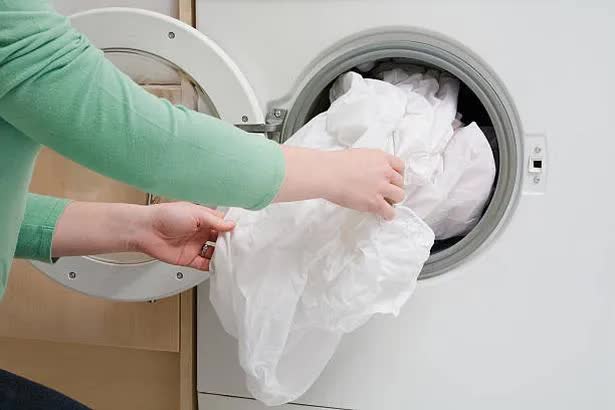
When buying a new washing machine, capacity matters. Larger drums require more energy per cycle.
-
A 5 kg machine is suitable for single-person households.
-
A 10 kg model is ideal for larger families.
If you own a large-capacity washer, maximize its efficiency by running fewer, fuller loads rather than frequent small loads.
Regardless of the machine size, always wait until you have enough laundry to fill the drum properly before starting a wash cycle.
4. Pre-treat tough stains before washing
According to Vivien, keeping your washing machine clean is crucial for long-term performance and cost savings.
To prevent stains and residue from overworking your machine, treat stubborn stains with specialized stain removers.
Experts recommend running a hot-water maintenance cycle about once every three months to clear buildup in the machine, which helps maintain efficiency over time.
5. Never overload the washing machine
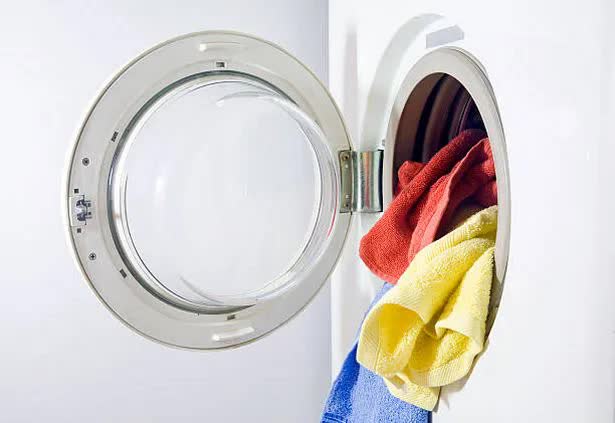
Although stuffing the drum may seem efficient, overloading can prevent proper cleaning and even damage the machine. Severe overloading can bend the drum frame or strain the motor, leading to costly repairs.
As a general rule, ensure you can still see the top edge of the drum when it's filled with laundry. The optimal load level should leave a gap roughly the thickness of your thumb from the top
News in the same category

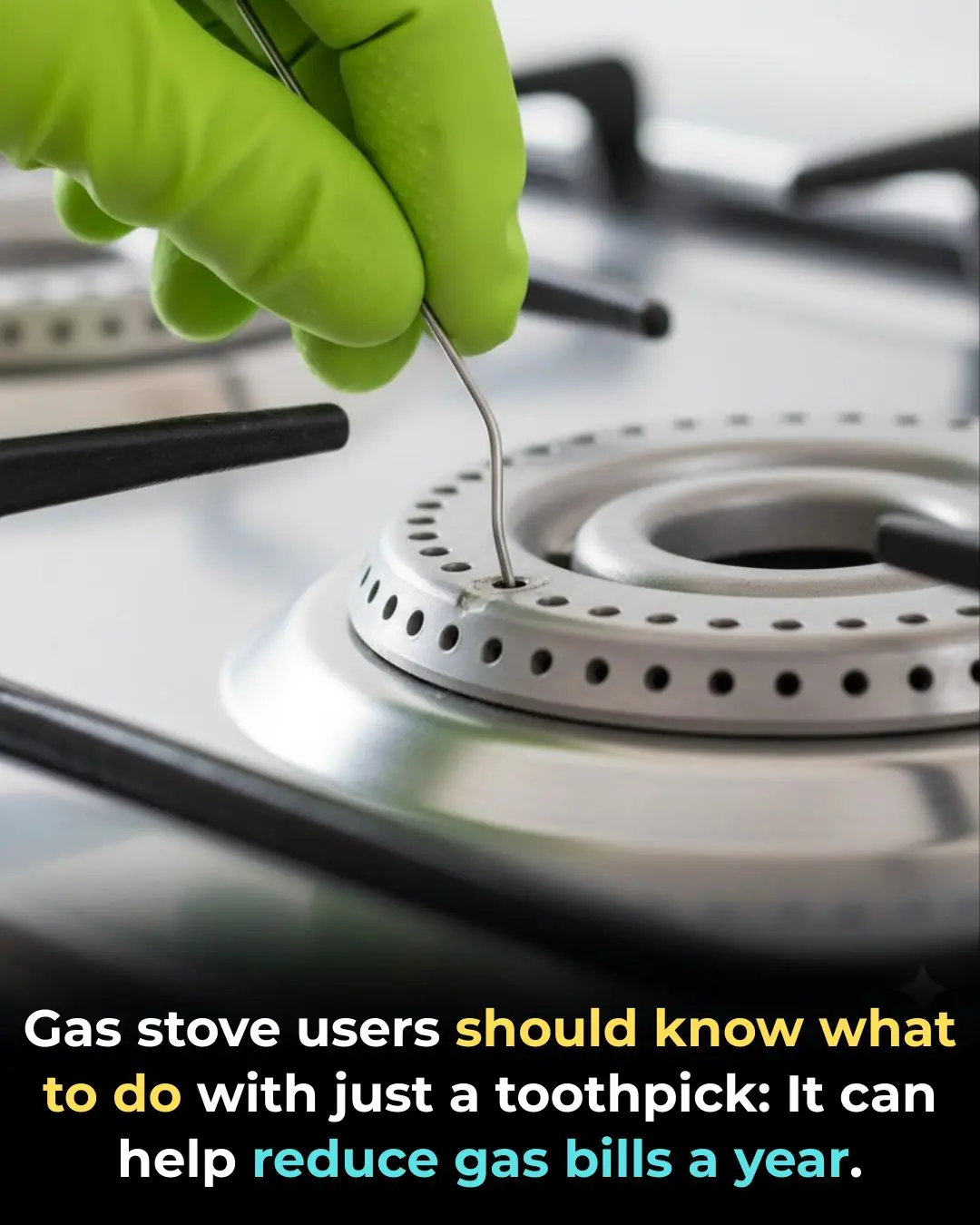
Gas stove users should know what to do with just a toothpick: It can help reduce gas bills a year.
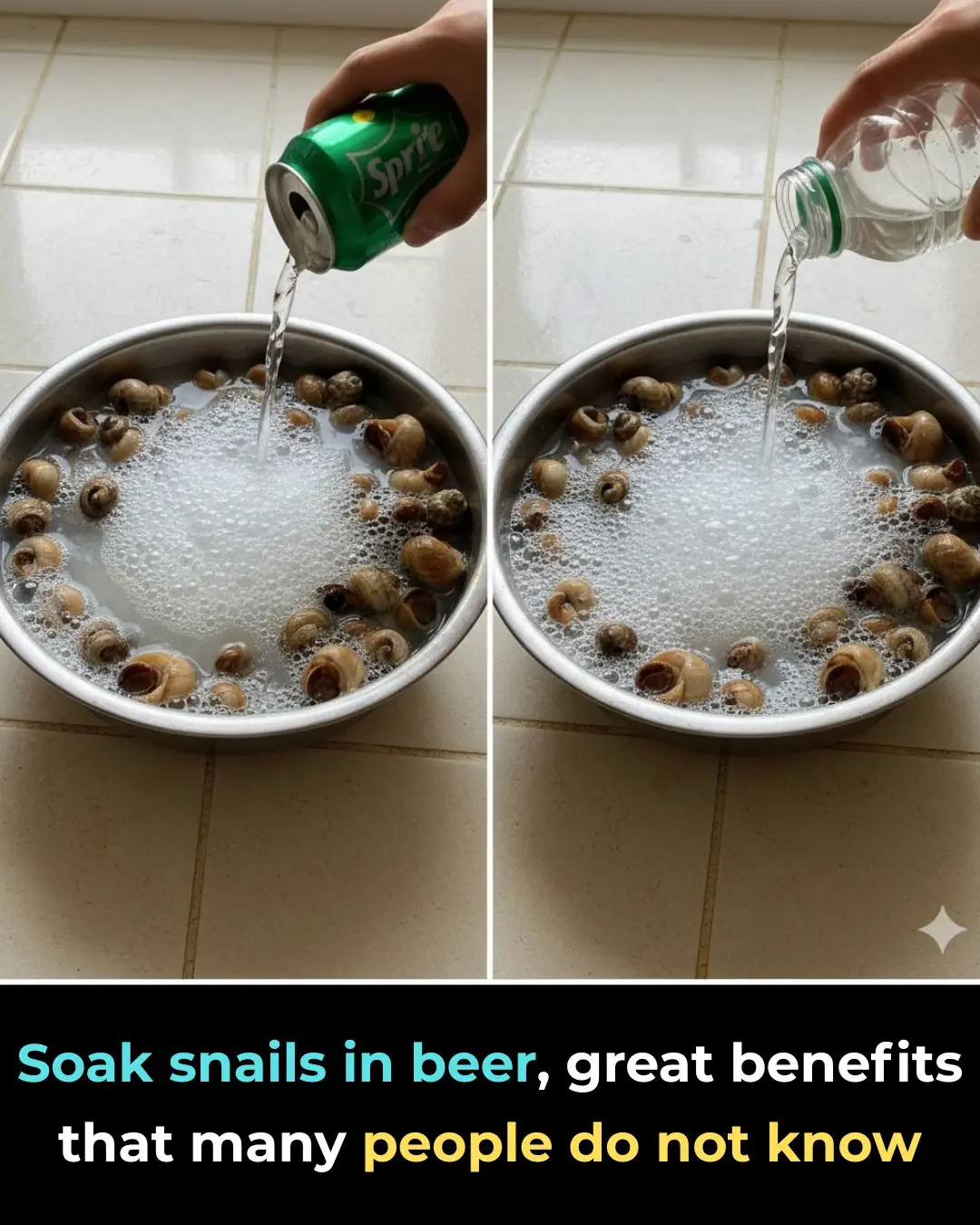
Soak snails in beer, great benefits that many people do not know

Tips for polishing leather shoes without using shoe polish, only use household materials

The most effective way to get rid of ants from the house using spices that every family uses, easy to see results immediately
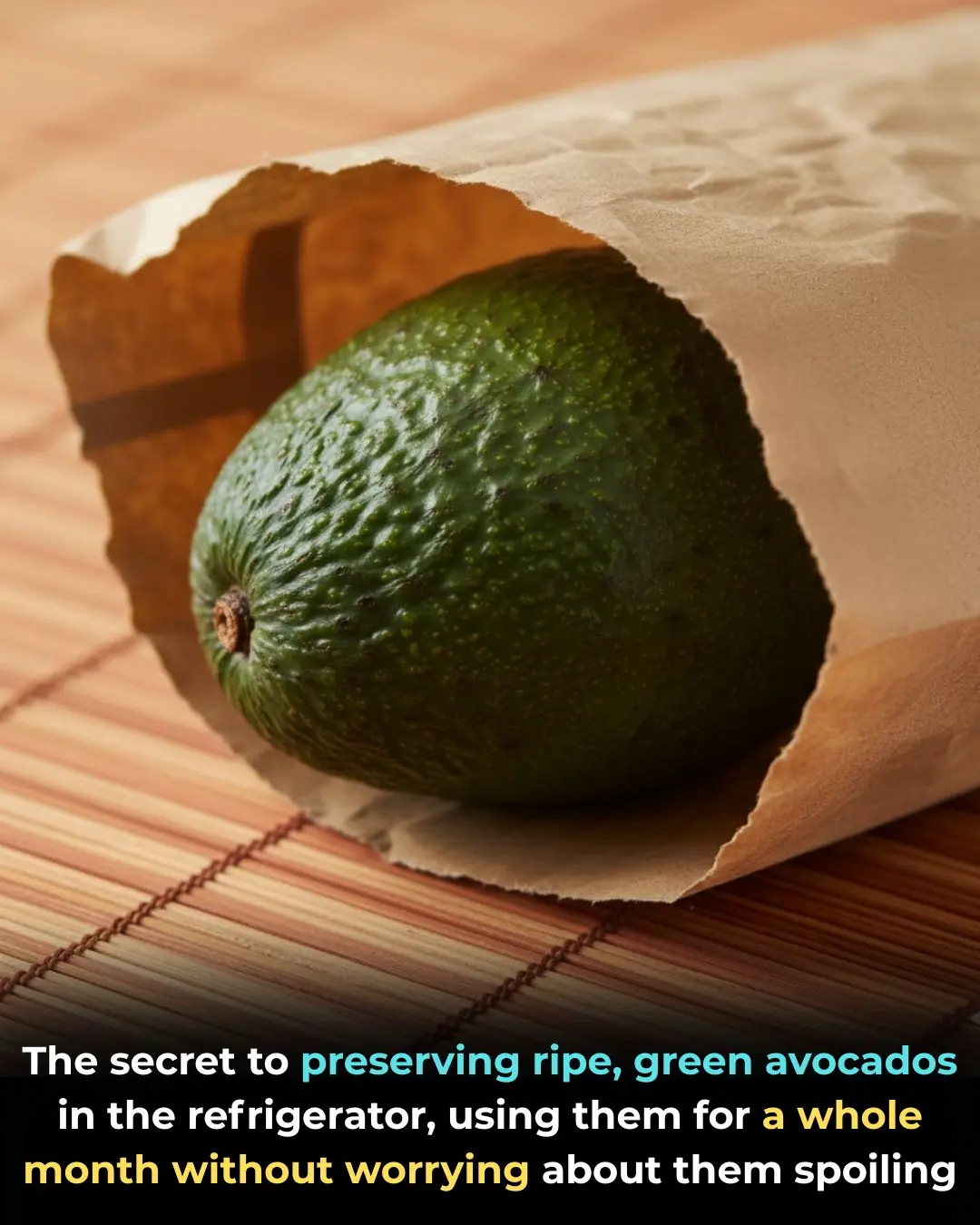
The secret to preserving ripe, green avocados in the refrigerator, using them for a whole month without worrying about them spoiling

Mosquitoes fear this the most. Put it in the house and you won't see any mosquitoes, sleep well all night.

Woman Develops Liver Cancer from Eating Peanut Butter on Bread, a Common Habit Many People Share

7 Early Warning Signs of Stomach Cancer Everyone Should Know Before It Spreads

Grow a Lemon Tree From Seeds — No Cost, No Effort, and Fresh Lemons Whenever You Want

Three Types of “Lumps” on the Body That May Indicate Cancer — A Warning for Both Men and Women of All Ages

Why should you drop a clove of garlic into the toilet at night?

4 ways to boil chicken without water

Rice water is like gold in the house if you know how to use it for these things

I Just Discovered the Benefits of Hanging a Bottle Cap on a Keychain

4 Dangerous Mistakes When Using an Air Fryer: Risks of Food Poisoning, Cancer, and Fires

Lady places cup of vinegar into microwave. Here’s the genius reason why
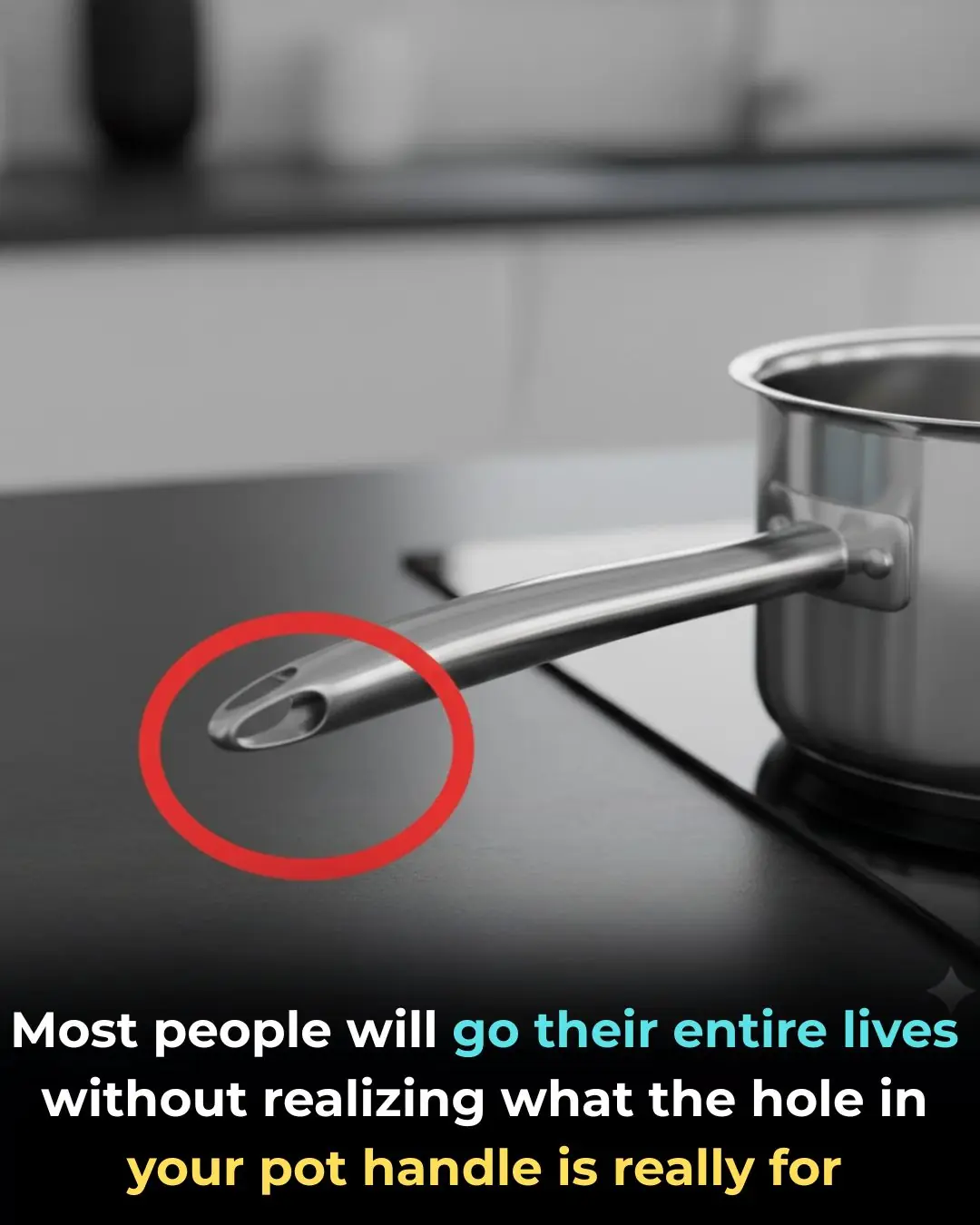
I had no idea this was a thing

6 ways to use wind oil to help repel mosquitoes extremely well
News Post

Woman Turns Boeing Plane Into Fully Functional Home
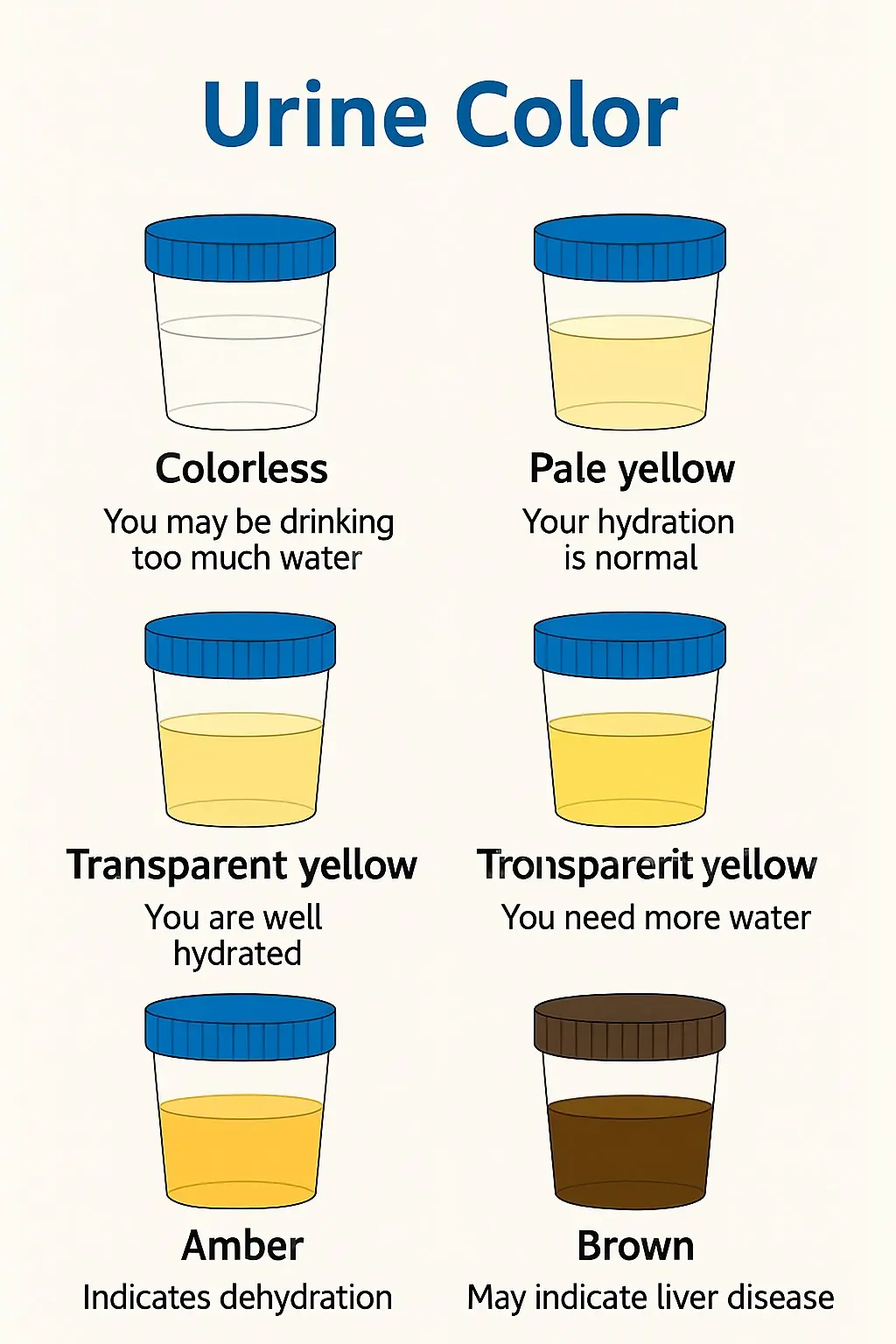
What Your Urine Color May Be Telling You (Gently & Naturally)

Revolutionary mRNA Therapy Shows Promise in Preventing Pancreatic Cancer Recurrence

MIT Scientists Develop Injectable Gel That Can Fully Repair Nerves and Restore Sensation
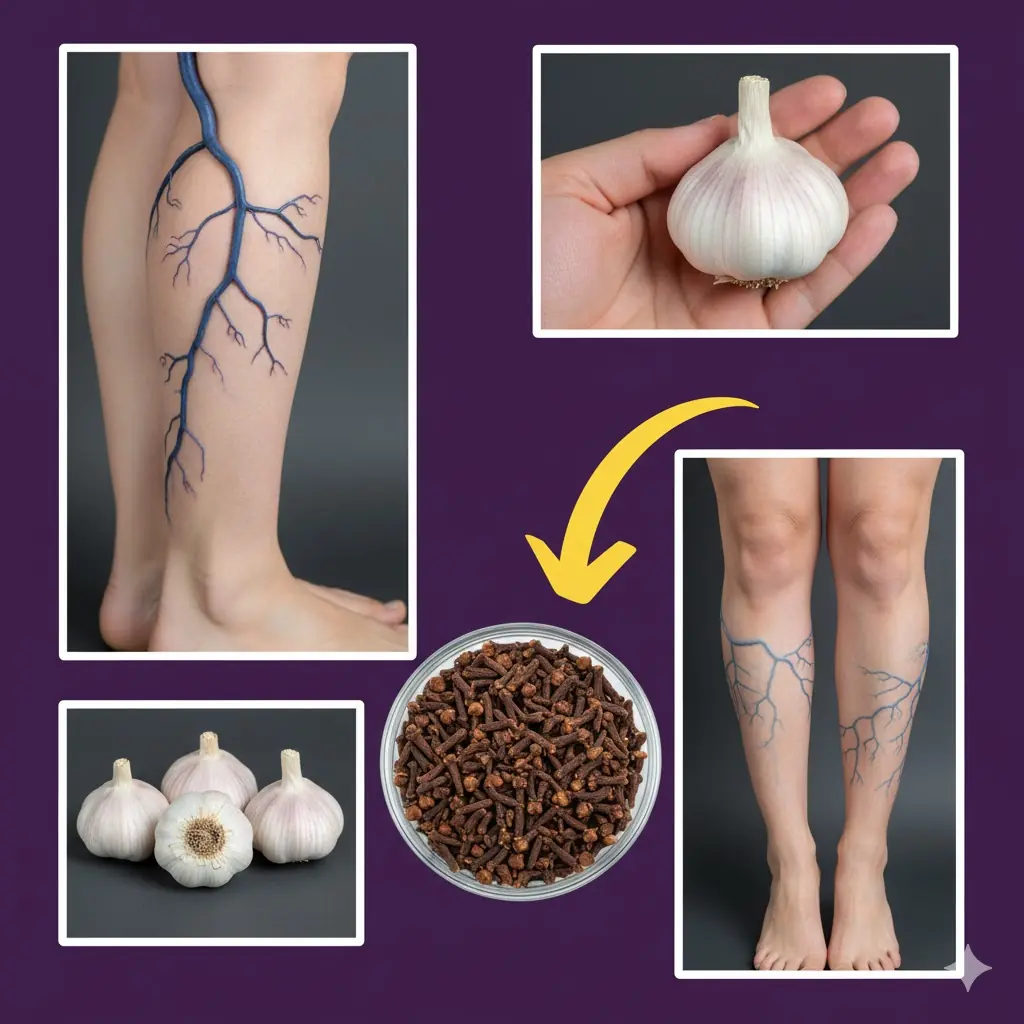
Soothe Leg Pain Naturally: Garlic & Clove Remedy for Joints, Circulation, and Comfort

A New Era of Computing: China’s Quantum Machine Surpasses the World’s Fastest Supercomputers

Eat Garlic — But Avoid This Common Mistake! | 95% of People Don’t Know This Simple Trick

Benefits of this plant for the elderly: a natural ally for healthy aging

Home Remedies For Kidney Stones – 21 Remedies For Effective Pain Relief

Eat One Clove of Garlic Every Morning on an Empty Stomach – and Watch These 12 Health Benefits Unfold!

Never do this when flying; many people have ruined their lives because they didn’t know better

Public Health Experts Stress Vaccination as Key to Preventing Severe and Long COVID

People who are about to be affected by cancer often show three unusual signs in the neck; even having just one of them can be a warning for your health

4 vitamins to reverse neuropathy and damaged nerves – relieve foot & hand pain fast!

8 Amazing Foods To Clean Out Your Toxic Liver

Stem Cell Breakthrough Offers New Hope for Reversing Diabetes in Early Human Trials

These 11 simple mistakes are giving you false high blood pressure readings – doctors confirm

More Than 300 Kidney Stones: A Startling Warning About Sugary Drinks and Dehydration

Vitamins Every Senior Needs for Stronger Legs

